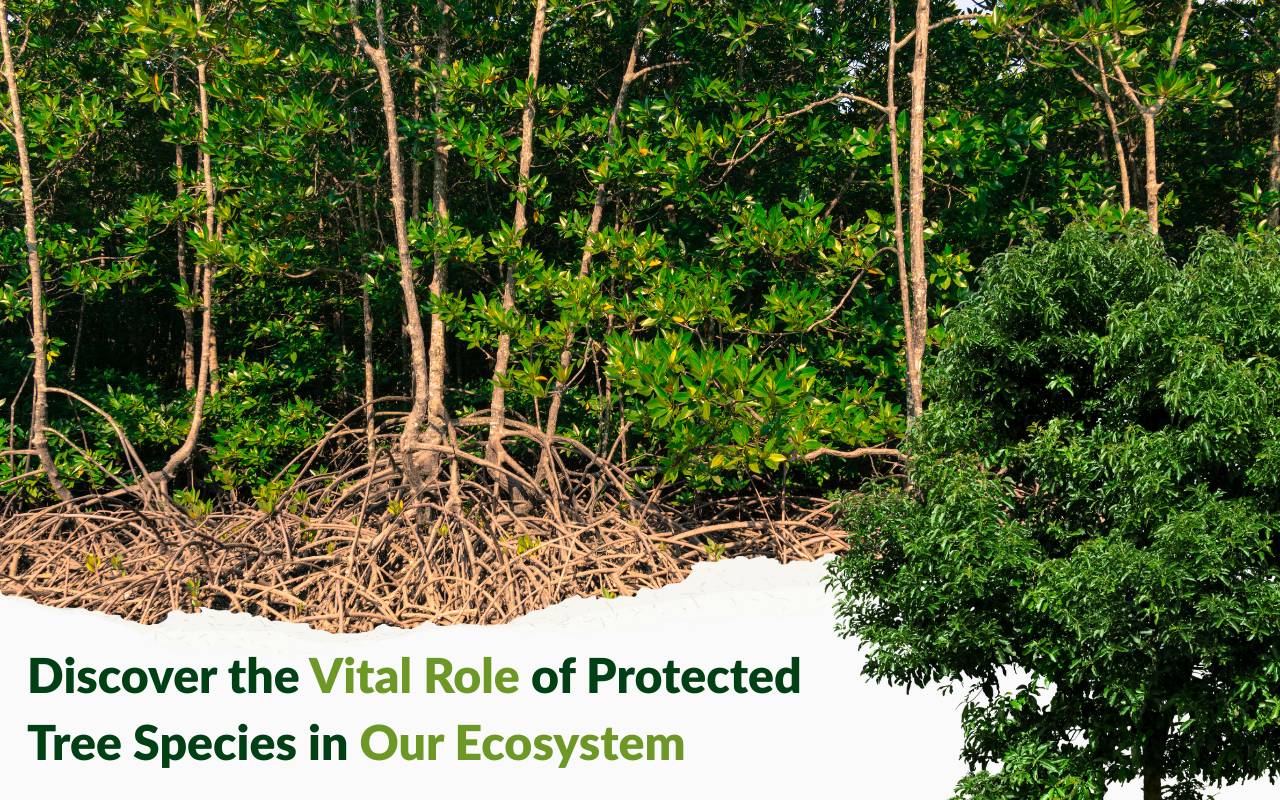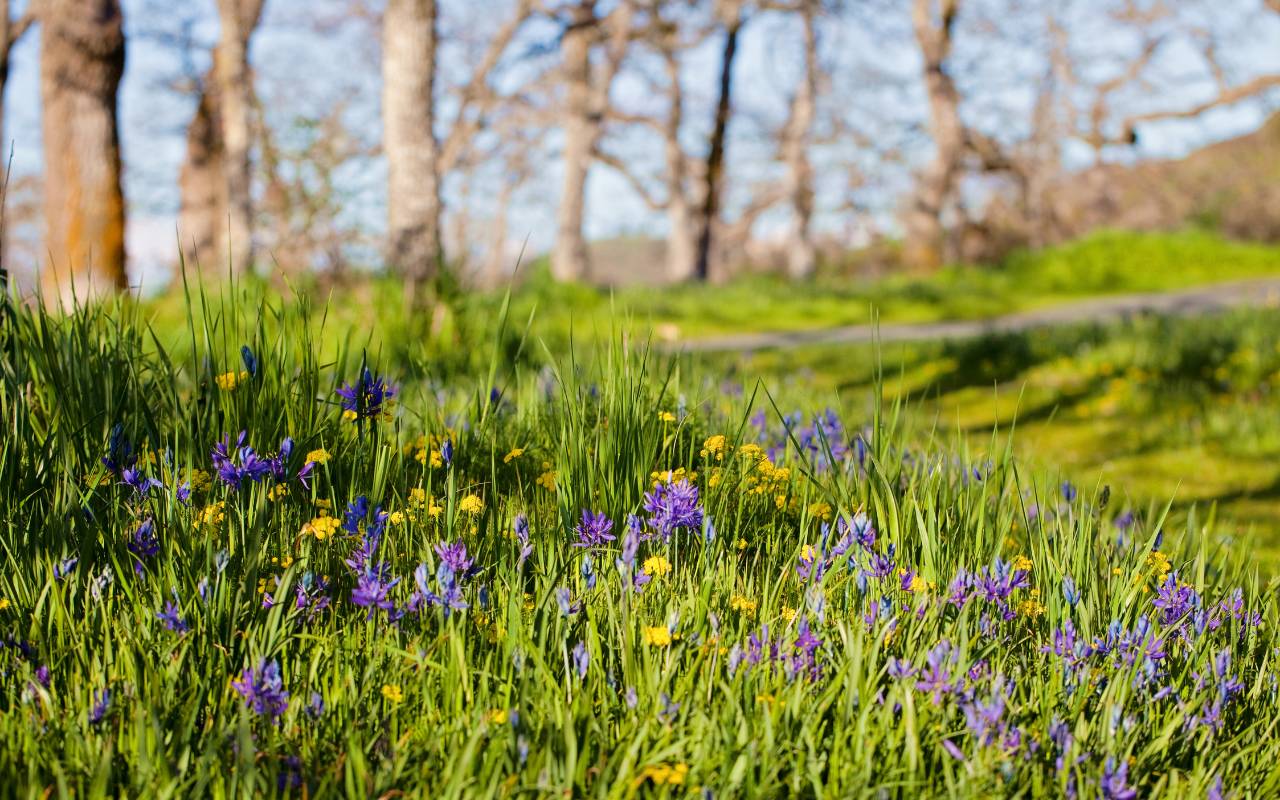
In our fast-paced world, it’s easy to overlook the silent sentinels that grace our landscapes—the trees. While they stand as symbols of natural beauty, certain trees hold a distinguished status: they are protected tree species. Moreover, these mighty guardians of our ecosystem do much more than just adorn our surroundings; they play a crucial role in maintaining ecological balance. From providing habitats for countless species to purifying the air we breathe, protected native trees serve as the lifeblood of our natural world. Consequently, understanding their importance is vital for long-term sustainability.
Forests cover about 31% of Earth’s land and are home to 80% of terrestrial biodiversity. Within these lush expanses lie conservation tree species that have become cornerstones of ecological sustenance. They are keystones that support the intricate web of life. Therefore, as environmental challenges mount, understanding their importance becomes essential. Moreover, if you want expert care for your trees, learn more through our tree trimming services.
The Definition and Significance of Protected Tree Species
Protected tree species are specific trees that receive legal safeguarding due to their ecological, cultural, or rare status. Consequently, these designations often result from legislation, agreements, or conservation regulations aimed at preventing exploitation and habitat destruction. When classified as legally safeguarded trees, felling or trading requires authorization. Thus, these measures ensure survival for future generations.
Beyond legal frameworks, conservation tree species embody our responsibility to preserve biodiversity and ecosystem services. They influence habitat health, hold cultural importance, and support sustainable economies. In addition, by recognizing their significance, we highlight their role in sustaining ecological integrity and human well-being. For guidance, explore our landscape services.
Habitats and Biodiversity Conservation
- They create microhabitats for mosses, ferns, birds, and mammals. Moreover, these niches sustain hidden biodiversity.
- They anchor food webs and ecological processes. Consequently, removing them destabilizes entire ecosystems.
- They enhance ecosystem resilience against pests, diseases, and climate shifts. Thus, protecting them ensures future stability.
Protected native trees stabilize habitats and sustain biodiversity hotspots. Therefore, conserving them safeguards ecological services vital to ecosystems and communities alike.
Oxygen Production and Air Quality Improvement
Through photosynthesis, legally safeguarded trees absorb carbon dioxide and release oxygen, directly influencing the air we breathe. Moreover, mature trees function as carbon sinks while reducing greenhouse gases. In addition, in urban areas they intercept pollution and cool surroundings, reducing heat islands. Consequently, preserving these trees enhances healthy environments for wildlife and humans.
Carbon Sequestration and Climate Regulation
- They capture and store atmospheric carbon dioxide; consequently, they mitigate climate change.
- They regulate precipitation patterns and reduce extreme temperatures. Moreover, this moderates local climates.
- They help stabilize regional environments. Thus, their presence strengthens environmental stability.
By safeguarding conservation tree species, we maintain nature’s climate control system. Therefore, their preservation is essential for mitigating global warming. As a result, societies benefit from cleaner air and more stable weather.
Water Cycle Stabilization
Protected tree species influence the water cycle by enhancing soil infiltration and reducing runoff. Their canopies regulate rainfall impact and prevent flooding. Moreover, forests sustained by these species recharge groundwater and maintain aquifers. Thus, the loss of protected native trees destabilizes water balance, leading to scarcity or floods.
Soil Health and Nutrient Cycling
Fallen leaves and roots of legally safeguarded trees enrich soils, improving fertility and resilience. In addition, they support decomposers that recycle nutrients back into the earth. These processes sustain soil health and productivity. Moreover, root relationships with fungi further strengthen nutrient uptake and ecosystem balance. Consequently, these cycles support both agricultural and wild systems.
Wildlife Support and Ecological Balance
Conservation tree species feed and shelter wildlife. Their fruits and flowers sustain insects, birds, and mammals. Moreover, they provide breeding sites in trunks and foliage. Consequently, healthy populations of these trees maintain predator-prey balance and prevent pest outbreaks. However, their loss disrupts ecological stability and threatens biodiversity.

Threats to Protected Tree Species
- Urban expansion and agricultural conversion; consequently, natural habitats shrink.
- Illegal harvesting and weak enforcement. Moreover, corruption worsens these threats.
- Climate change, pests, and invasive species. Thus, proactive management is required.
These pressures endanger protected tree species, reducing diversity and survival. Therefore, addressing threats requires community action, monitoring, and adaptive conservation. To help, connect with us through our contact page.
Conservation Efforts and Sustainable Practices
Conservation of protected native trees requires scientific research, strict policy enforcement, and local participation. Methods include seed banks, restoration projects, and protected areas. Moreover, community involvement is crucial, as traditional knowledge strengthens sustainable practices. In addition, awareness campaigns encourage planting and caring for conservation tree species. Consequently, together these efforts safeguard biodiversity and ecosystem services.
FAQs About Protected Tree Species
What are protected tree species?
They are trees legally safeguarded due to ecological, cultural, or rare importance. Moreover, their status often results from conservation law.
Why are protected tree species important?
They sustain biodiversity, regulate climate, improve air quality, and support ecosystems. Consequently, they underpin human well-being.
How do protected tree species benefit urban areas?
They reduce pollution, cool cities, and improve air quality for communities. Thus, they enhance overall livability.
What threats do protected tree species face?
They face habitat loss, illegal logging, climate change, and invasive pests. Nevertheless, coordinated conservation can reduce these threats.
How can I support protected tree species?
You can plant native trees, join conservation efforts, and avoid unsustainable products. In addition, supporting local NGOs magnifies your impact.
Embracing the Vital Importance of Protected Tree Species
Protected tree species are living pillars sustaining life on Earth. By protecting them, we preserve their ecological services, from carbon storage to habitat creation. Moreover, every sapling planted contributes to a healthier planet. Finally, take part in conservation and support resilient ecosystems. For professional help, see our tree trimming services in Kansas City.
